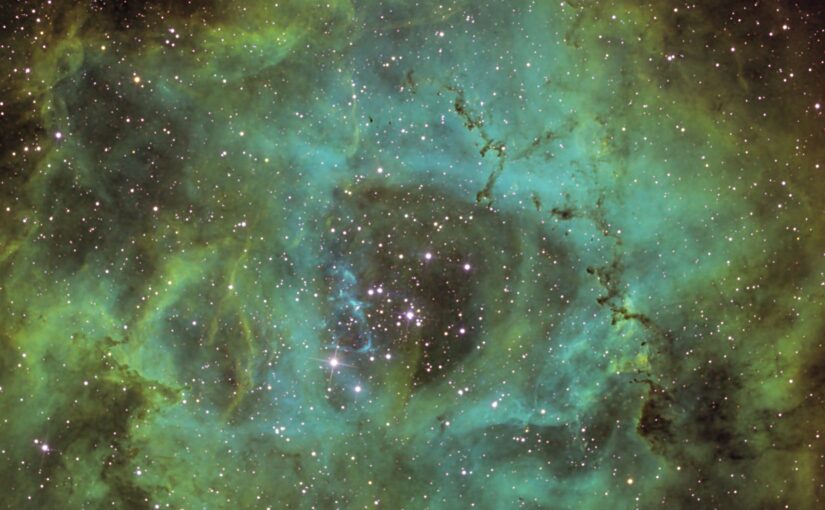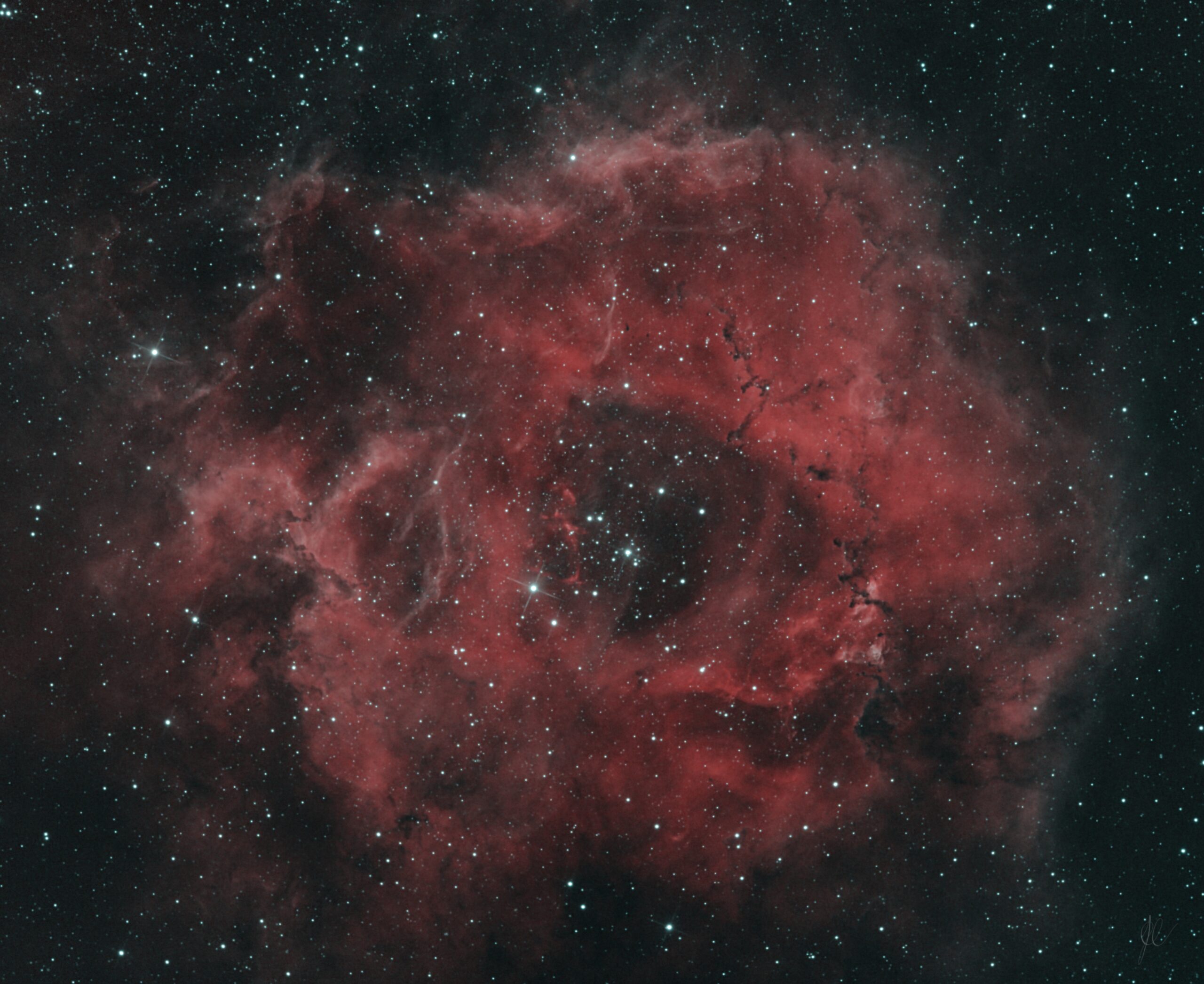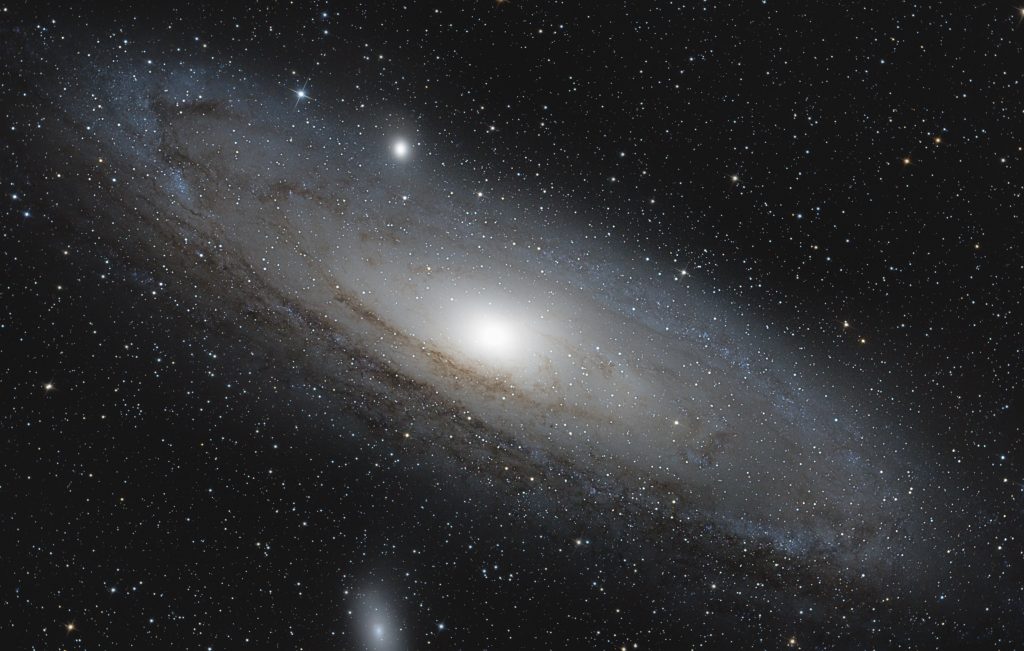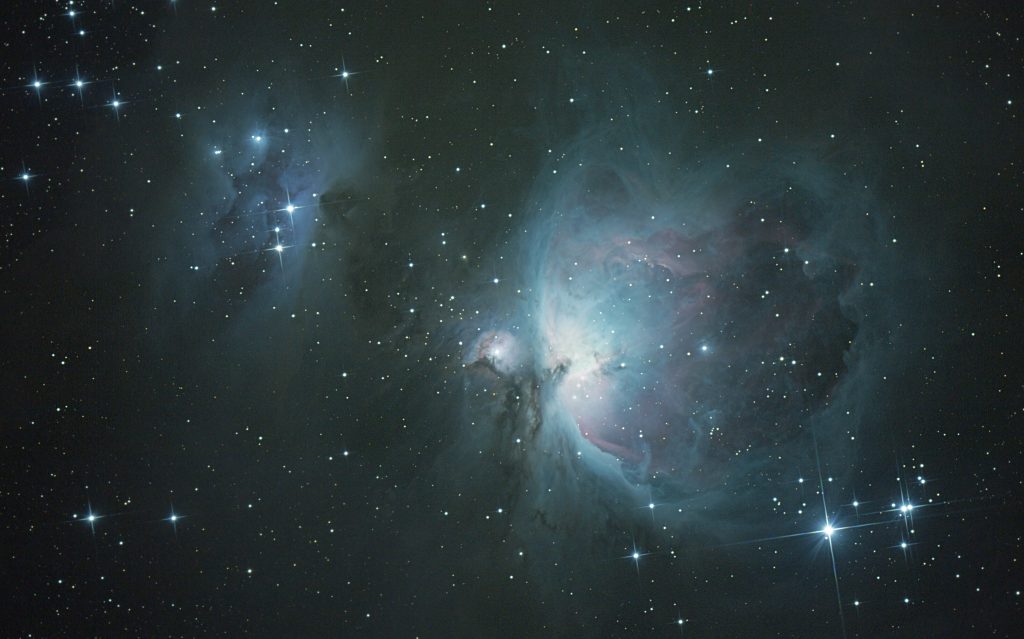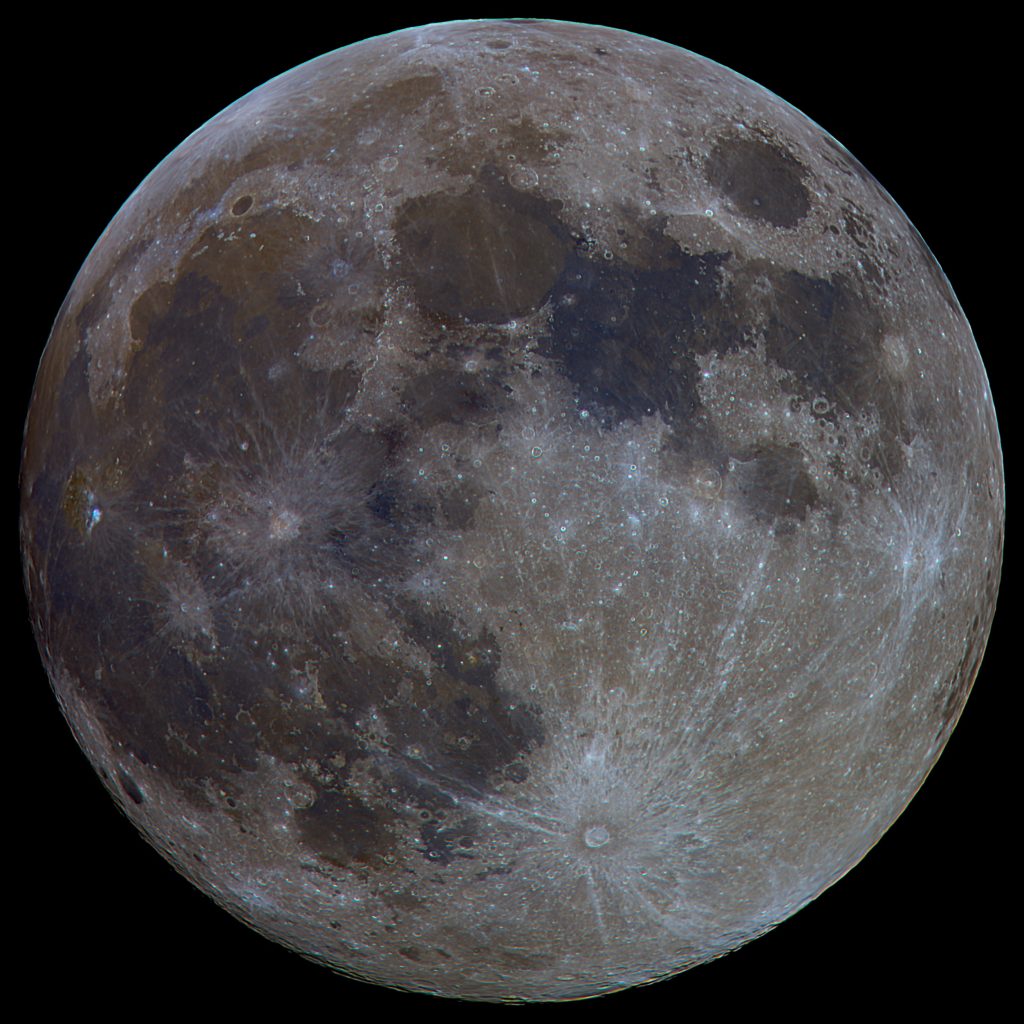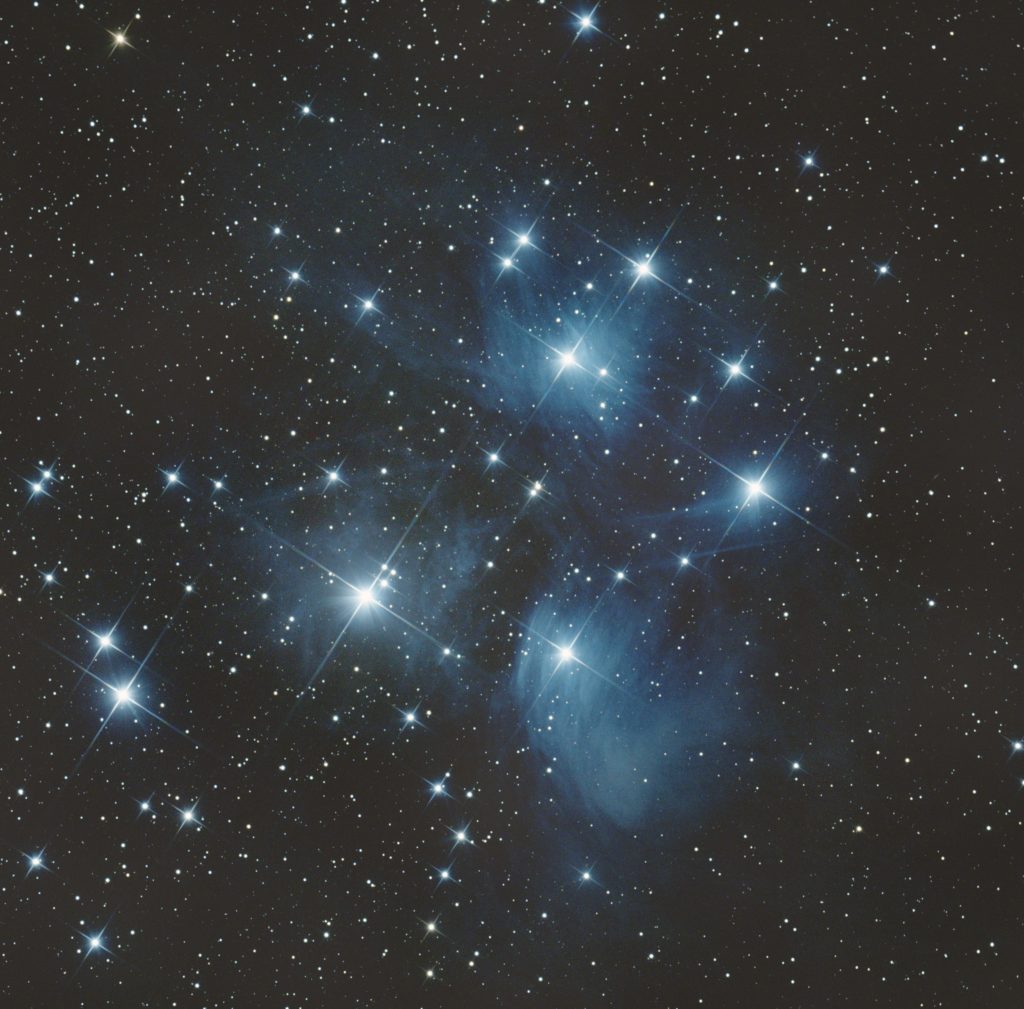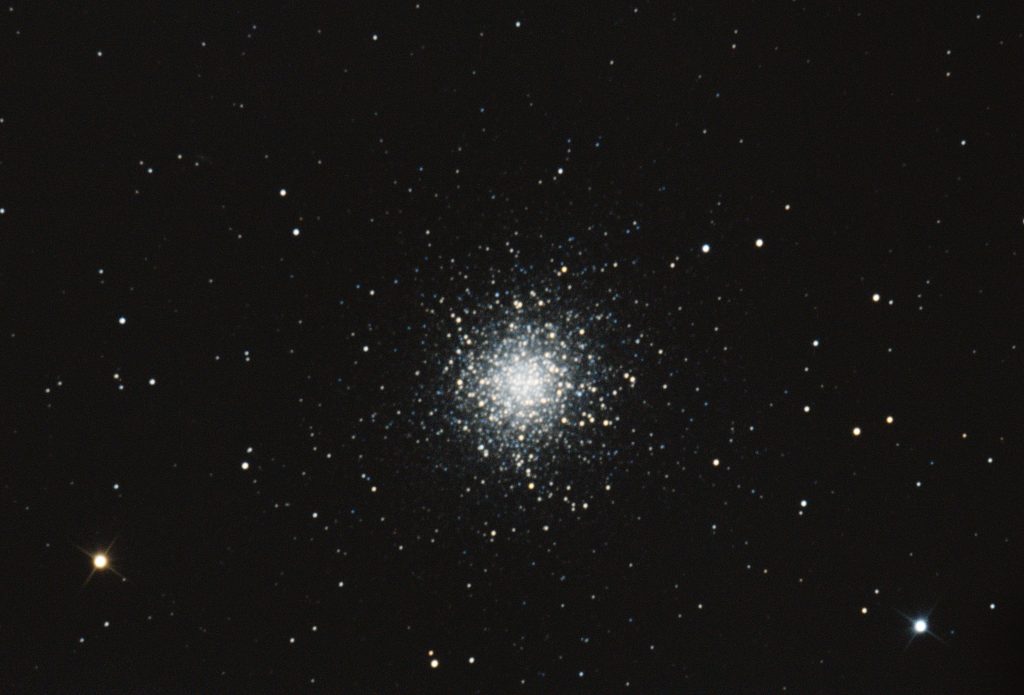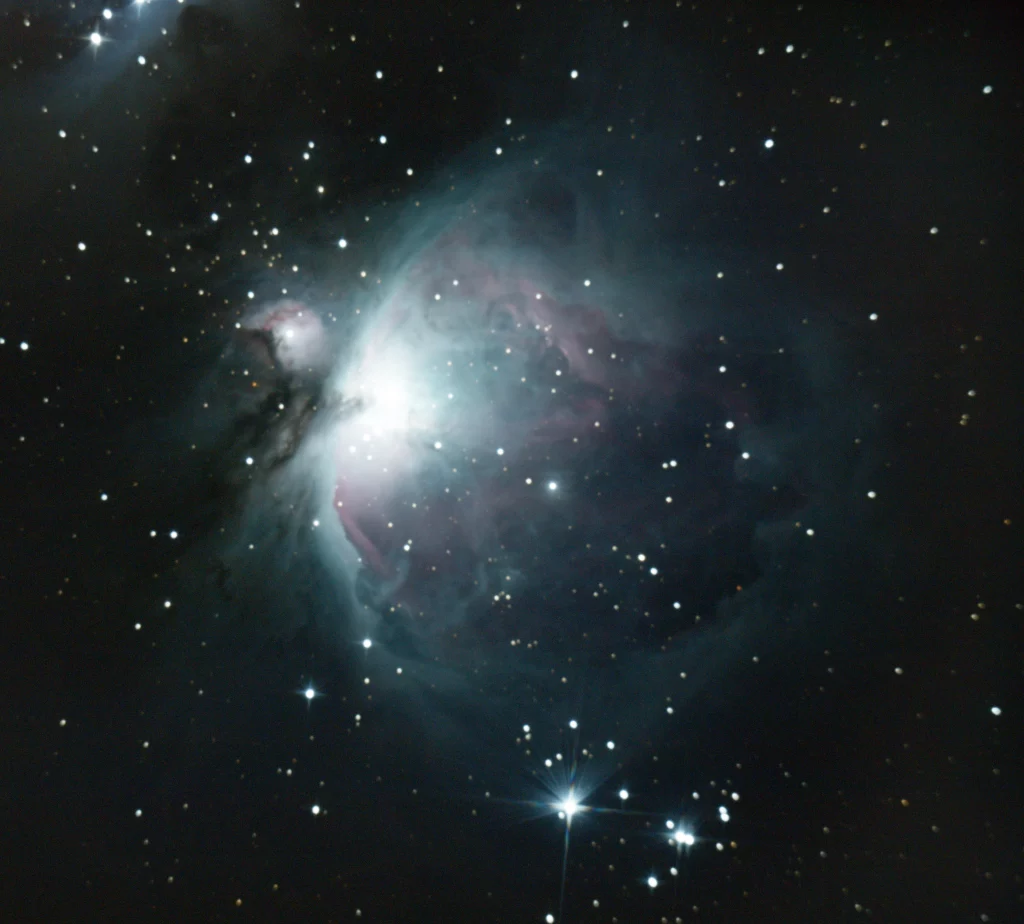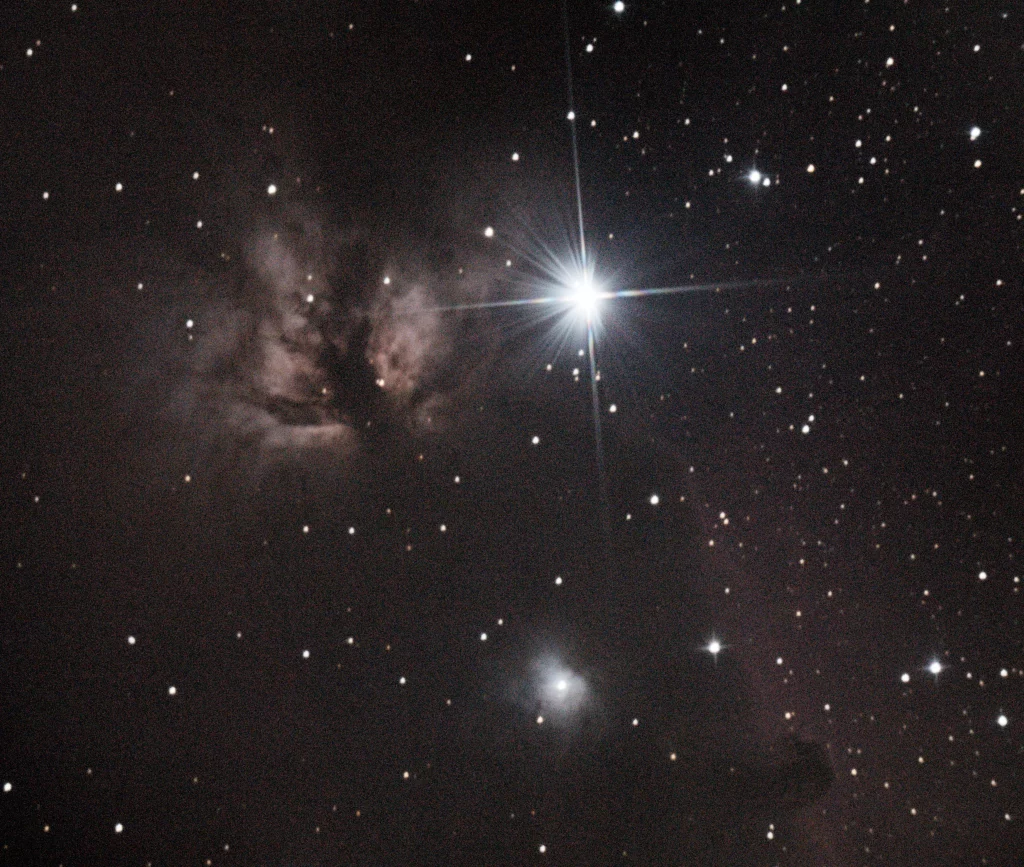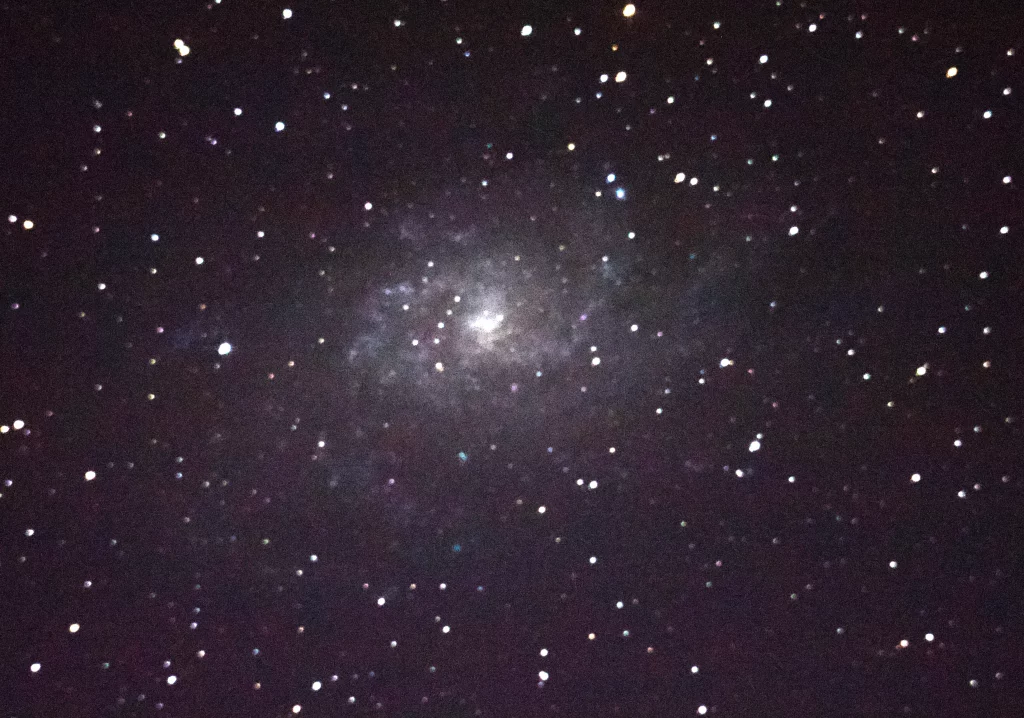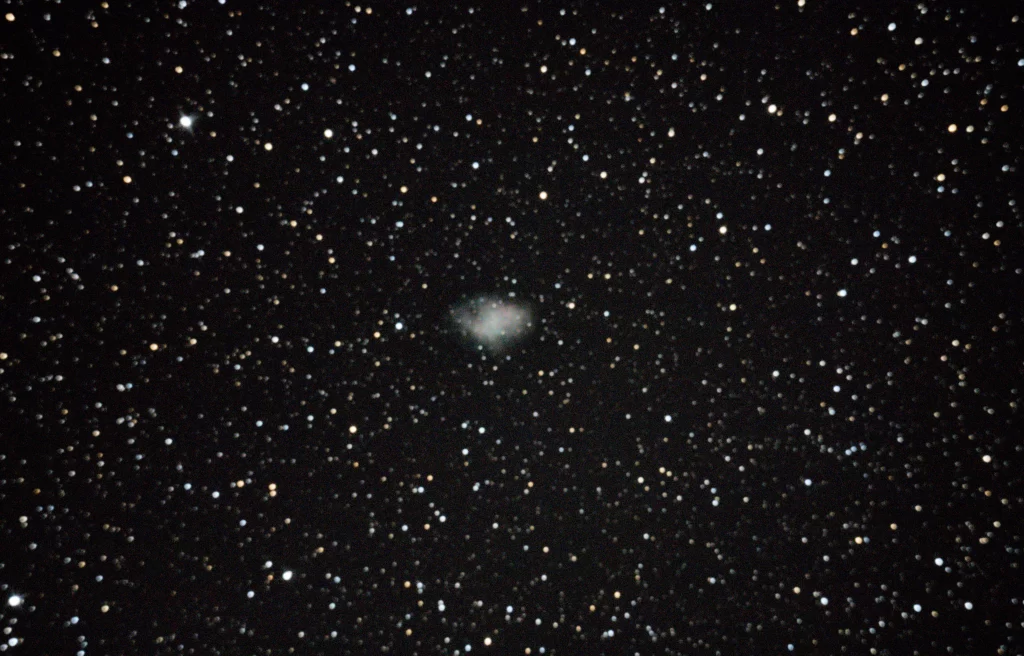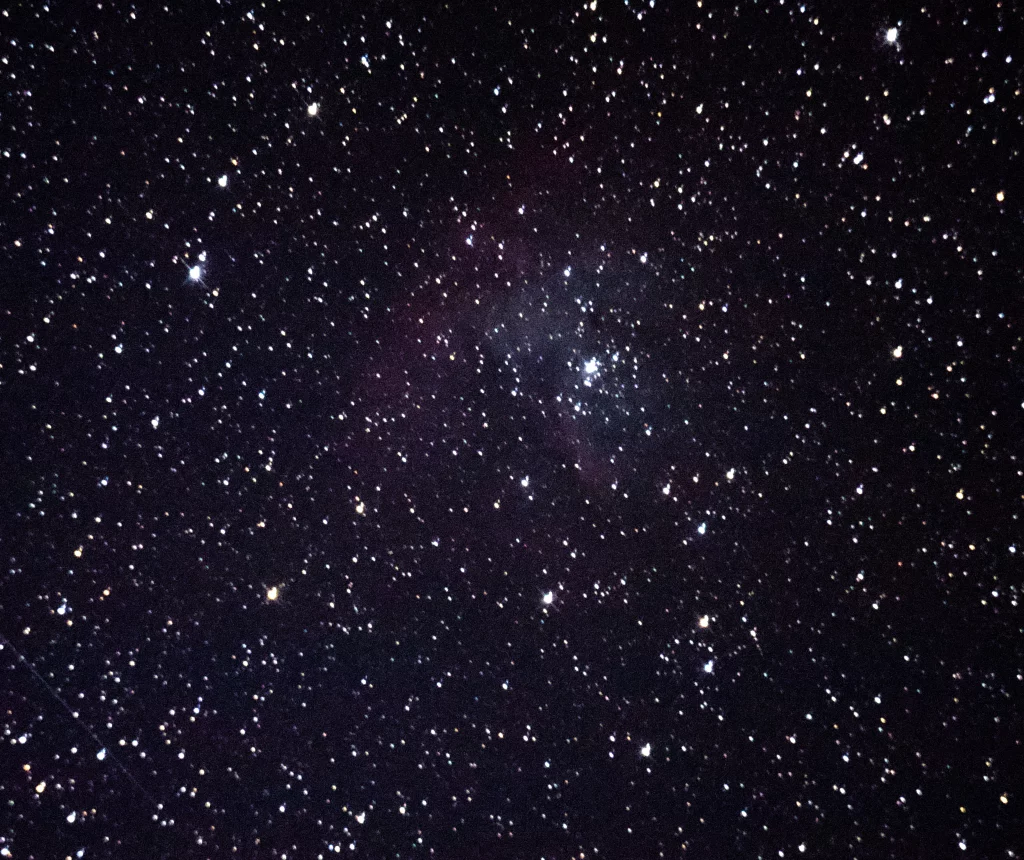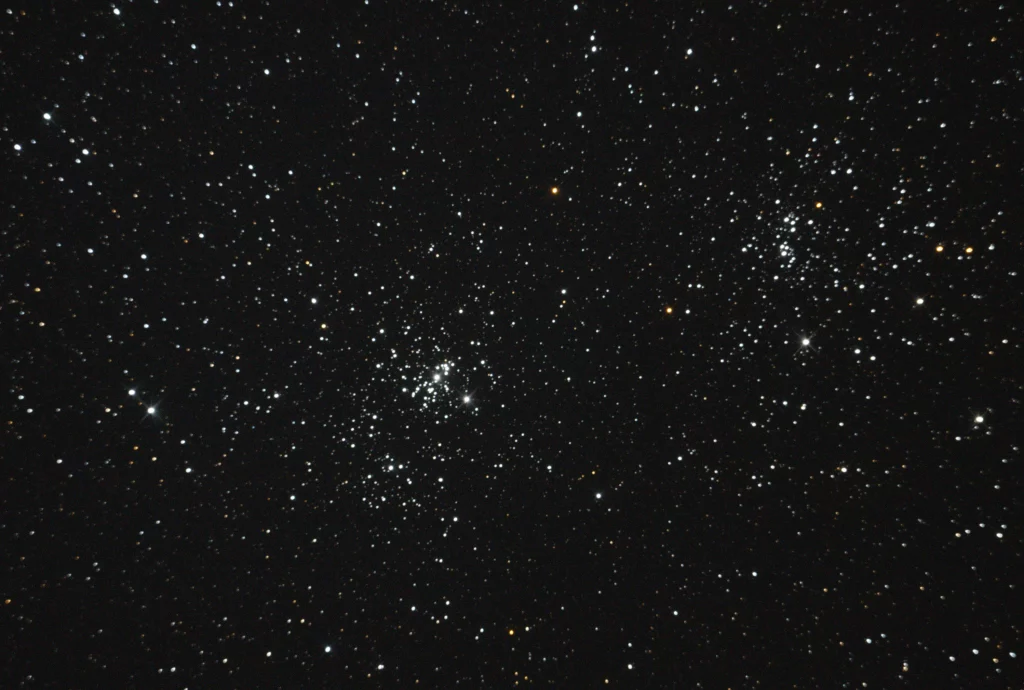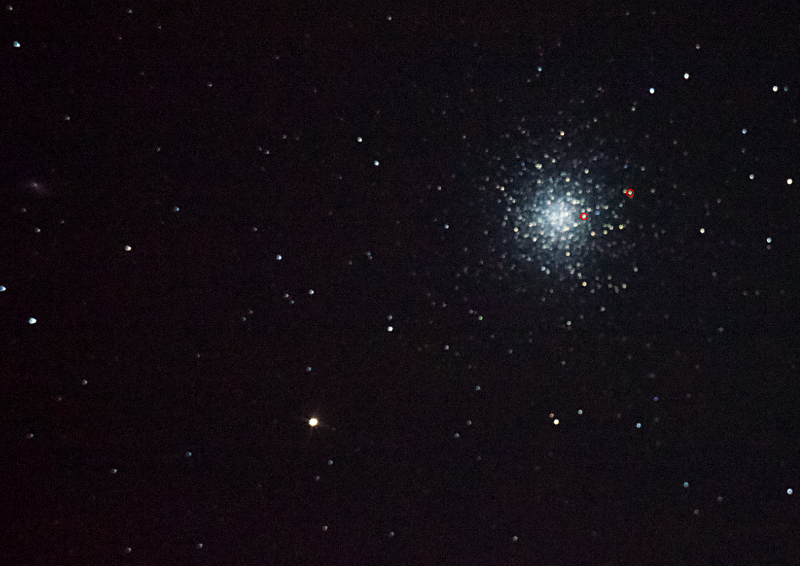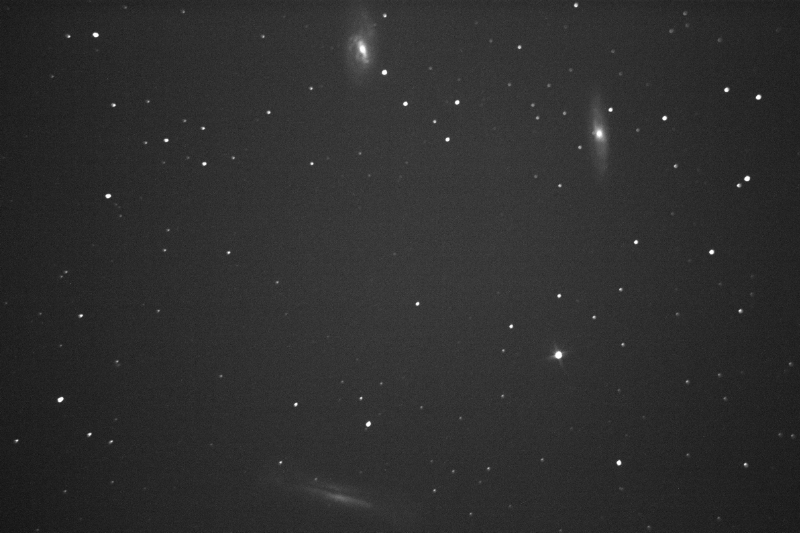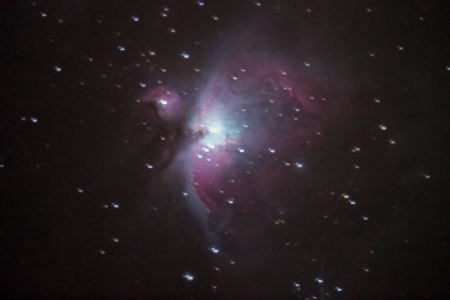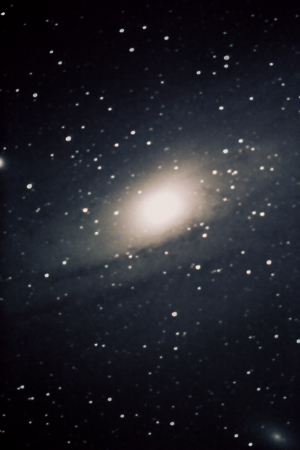It is astroimaging season, and we have had several clear nights here. I finally worked out how to collimate my 8 inch newtonian well enough to use my Starizona Nexus coma corrector/reducer.
My Skywatcher 8″ Quattro together with the Nexus becomes an F3 system, which is a quite powerful little telescope. It requires very precise collimation and focus. This can be very challenging to achieve. I have struggled with it on and off for a year, and finally got it working fine.
I think these were the main issues. If you face something similar they are worth checking out.
- Primary mirror clips were a bit too tight – Sometimes (I think this was temperature related) my stars would look oddly off. Once I made a bit more room for the primary mirror the star shapes became nice and round.
- Secondary collimation with an badly collimated laser – I thought my Hotech laser collimator was well collimated based on rotating it in the focuser. Turns out it is very important to rotate and then fasten it to check the lasers collimation. It was not badly off, but enough to make it very hard to collimate at F3. I collimated the laser by repeatedly rotating and fastening it in a two inch eyepiece holder, marking the laser position each time. Then collimating towards the center, and repeating until the laser point is stationary when rotated.
- Secondary collimation drifts a bit – The secondary collimation sometimes drifts a bit over time. It seems temperature related, but I am not sure why it happens. As long as I check before imaging it has been fine so far.
Pics or GTFO!
Once this was working I conveniently had the Rosette Nebula drifting by the balcony for a few hours two nights in a row. I imaged approximately 40 min of Ha, 80 min of OIII and 70 min of SII using respectively 120s, 300s and 180s exposures using my ASI1600MM camera, which resulted in these two images based on the same data.
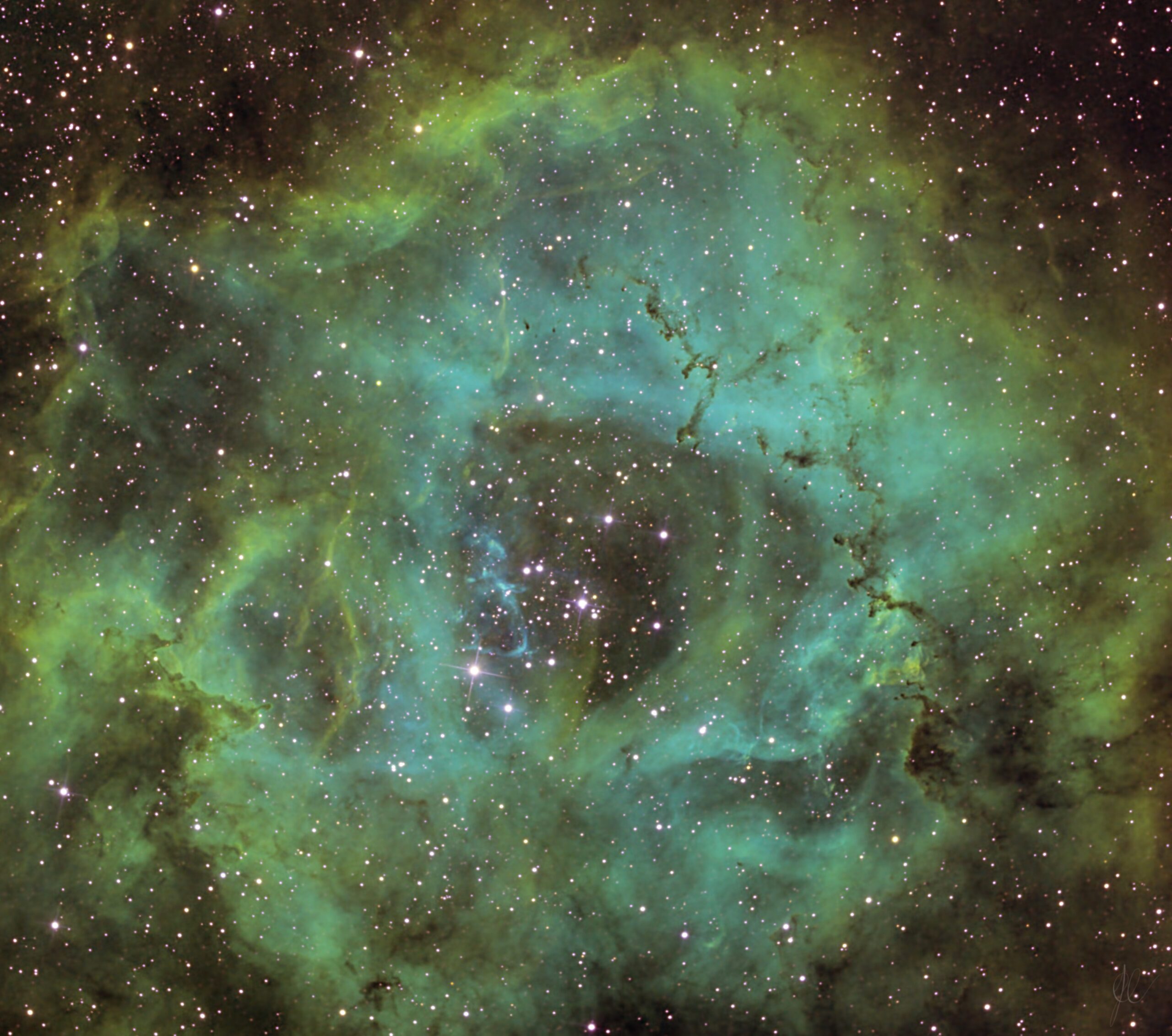
I like the SHO a bit more, but the HSS version looks really menacing and stormy. If I was a W40K artist, this is how I would depict a gate to the immaterium.
I think this setup fits the normal seeing here in western Norway a bit better then the basic F4 setup of this telescope. As mentioned it requires very precise collimation though, so you either need to be experienced or be prepared to use some time to get everything right.
I really hope I get some time at a nice dark site with this setup soon.

